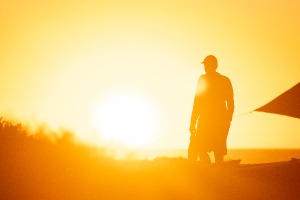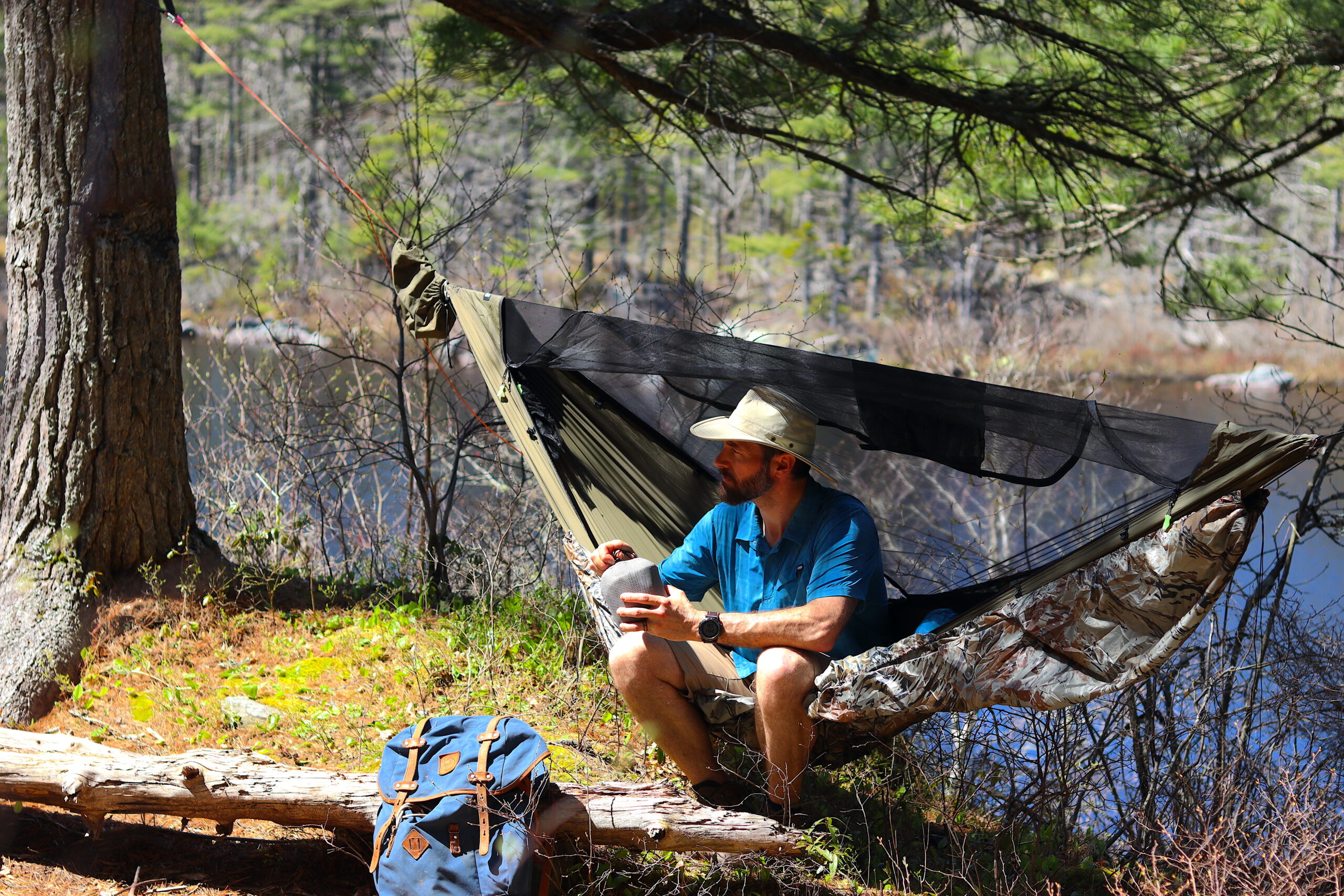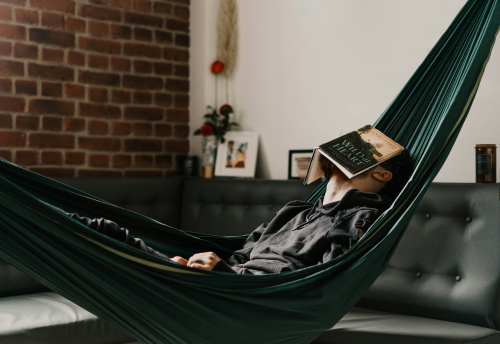6 Gear Tips For Backpacking in Summer Heat


Hot weather backpacking may not present the same technical hurdles as its wintery cousin, but it certainly requires strategic thinking to optimize comfort and safety. Your everyday, go-to gear may not serve you best for high temps, high UV exposure, or high humidity conditions.
What follows is a list of critical gear tips and adjustments one might make to improve their hot-weather summer backpacking experience. Many of these tips stem from lessons I’ve learned by trial and error, and hopefully they can help you shortcut to the next level. This is not a comprehensive or definitive guide to hiking in the heat. If you face extreme heatwave conditions or triple digit temps, you may want to reconsider your trip altogether.
Lastly, be sure to check out this article’s partner, which focuses on trail tips.
Dial in your sun clothes. On clear, sun-exposed trips, proper UV protection is more important than the comfort of shorts and short sleeve shirts. In fact, it’s best practice to hike in UPF-rated pants and long sleeve shirts, even in very hot conditions. Sure, this getup is less airy. But more importantly, it guarantees that you won’t burn your arms and legs, and that you won’t have to carry loads of sunscreen and reapply it three to four times per day. Top it off with either a full 360 brim hat, a cape cap, or a trucker cap paired with a hooded sun shirt. That leaves only the face, hands, and neck for sunscreen coverage. For high altitude with high exposure, you might even consider sun gloves.
Ditch the Gore-Tex boots. Heavy duty, waterproof hiking boots have little-to-no place on summer backpacking trips. Not only is this type of footwear heavier, slower, and more taxing to walk in than trail runners; leather, synthetic boot materials, and waterproof inserts are also bad at venting heat and moisture. Combine sweat and heat with the stiff structure of boots and you have a situation that will drastically increase the likelihood of blisters where vulnerable and pruney skin chafes against stiff ankle and boot sidewalls.
Carry less gear. It goes without saying that we need less gear in summer than in colder months, and we should always be trying to reduce pack weight. But this is extra important when considering factors like how a lighter pack could be the difference between hard work and heat exhaustion. Consider the following updates and cuts to your kit: ditch the rain pants; switch the 20 degree sleeping bag/quilt for a 30 degree; you probably only need a lightweight puffy or a fleece rather than both; trail runners instead of boots; no need for gloves or beanies (if your fleece or puffy has a hood), lightweight socks only (no big woolies), no cozy camp pants, no campfire making equipment, etc.
Always pack lip balm. I regularly preach the gospel of SPF lip balm, but never is it more crucial than in high summer. Not only does it protect your kisser from getting sunburned, it also prevents your skin from drying out and cracking as you huff and puff up a hot dusty trail. Every time I’ve lost or forgotten to pack my lip balm, I’ve deeply regretted it.
Keep your hydration handy. Don’t let the inconvenience of stopping to pull a water bottle out of your backpack’s side pocket prevent you from staying hydrated. Personally, I lack the shoulder flexibility to reach back and grab a water bottle without first taking my pack off, which is why in high temps, I prefer to use a water bottle shoulder strap holster or bladder system to make sure hydration is easily accessible while hiking.
Humidity? Breathability! One sneaky way that summer in some regions can tax you is humidity, so be on the lookout when you check forecasts. Many people have lots of first-hand experience backpacking in high humidity, and y’all know what I’m talking about. In a nutshell, the heat feels hotter, you’ll sweat way more than normal, you’ll feel more tired while hiking, you’ll need more water and electrolytes than normal, chafing, itches, and skin problems are more likely to flare up as you will be sweaty all day long. So make sure to emphasize breathability above all else in your apparel choices. If you can wear shorts, a skort, or a kilt, that would likely be considered best practice. This guideline even supersedes my previous recommendation of full skin coverage for UV protection, unless you face both high humidity and high exposure, though that is a rare combination.
Backpacking in hot weather can be highly enjoyable if you have the right gear strategy, and mindset, but don’t let your guard down. Heat might not sound as daunting as cold, but summer can be downright pernicious. Stay cool, stay safe, stay hydrated, have fun, and happy hiking!
Related Posts
The Best Camping Hammocks of 2024 – A Buyer’s Guide by Hammock Gear
A good camping hammock can completely transform how you experience…
Can Napping Hurt You? Unveiling the Pros & Cons of Daily Zzz’s
Napping, the act of taking a brief sleep during the…


